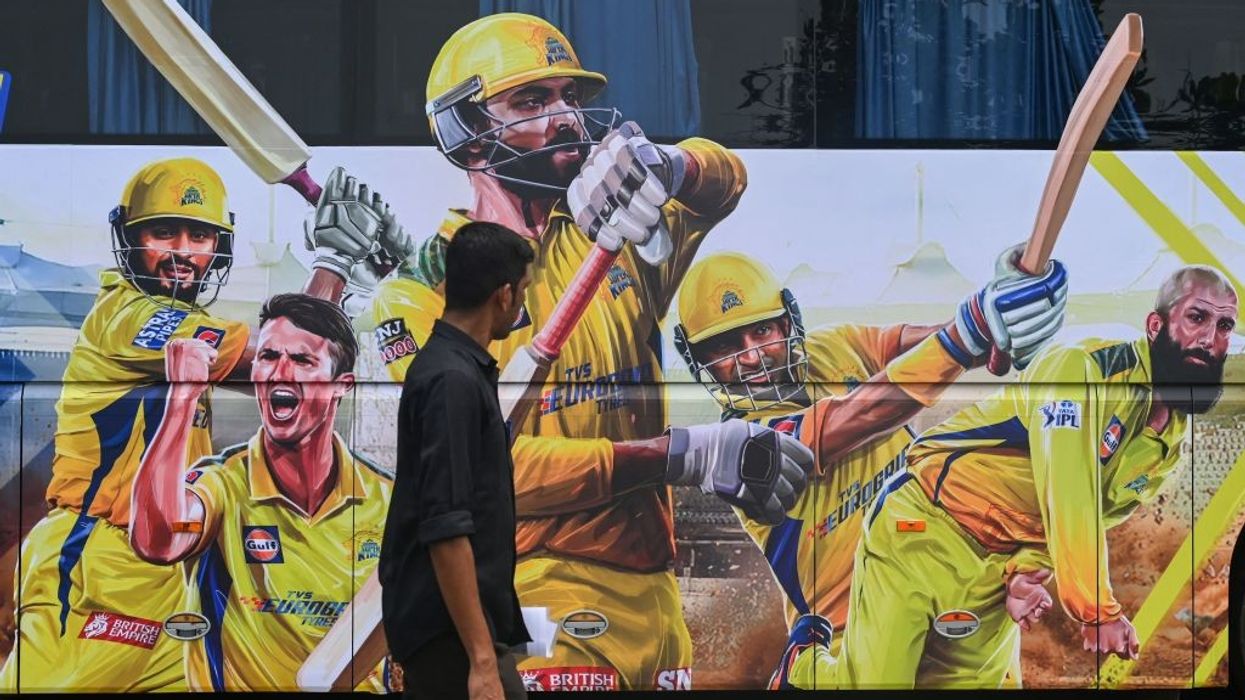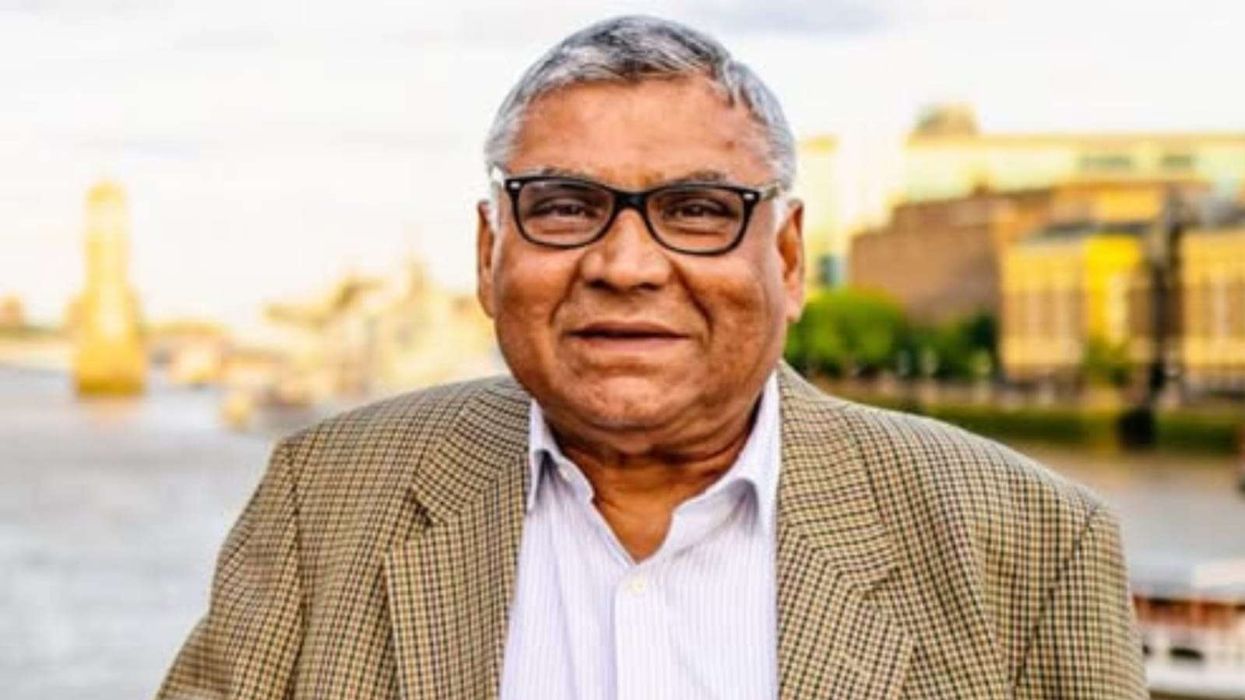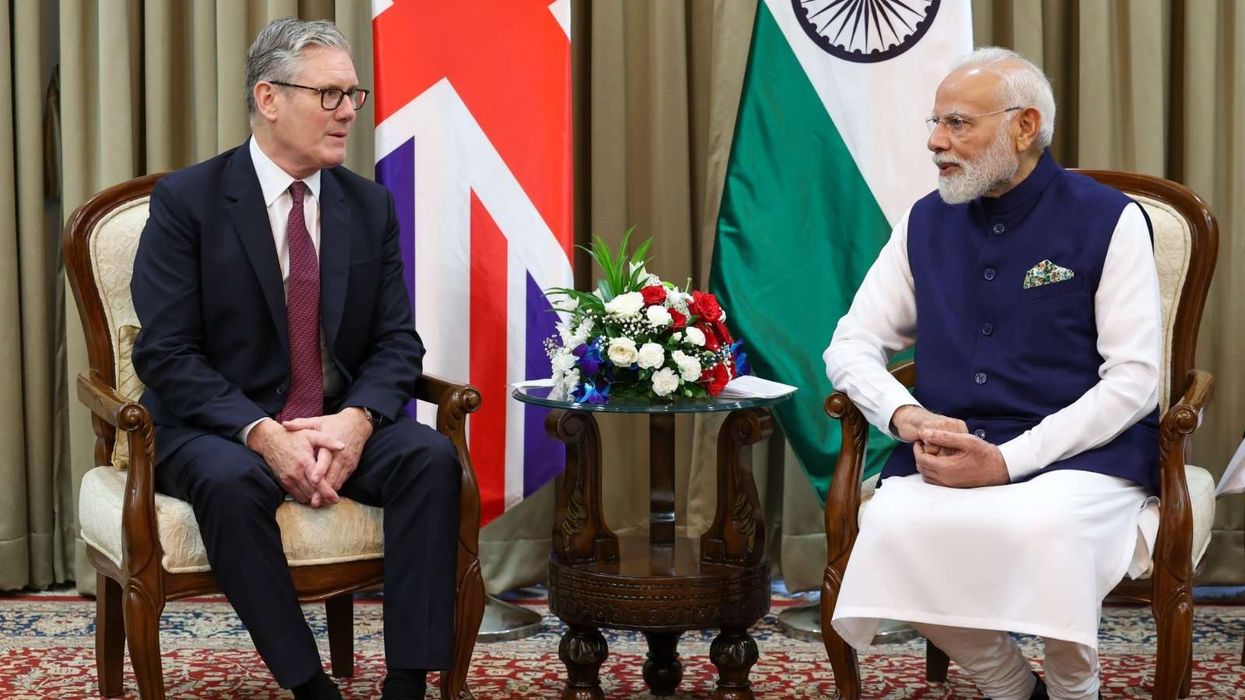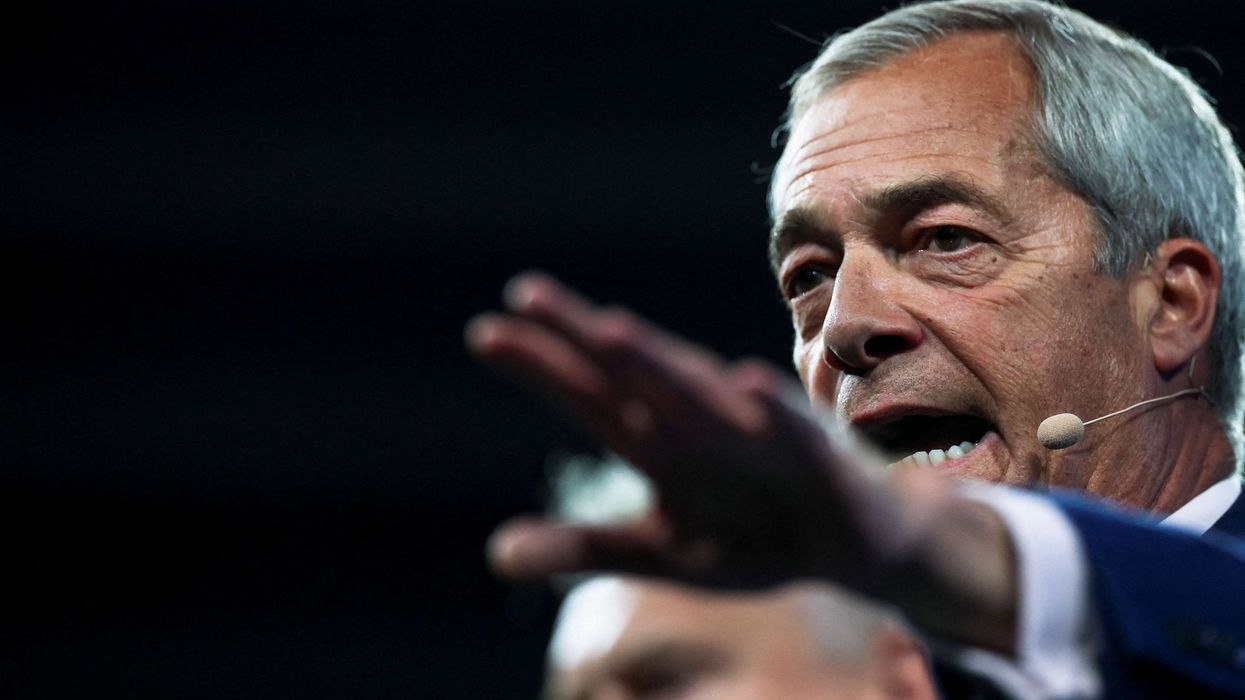THE Indian Premier League (IPL) returns for its biggest season on Saturday (26), with a galaxy of top names and two new franchises expanding the world's richest cricket competition to 10 teams for its 15th edition.
But crowds in the cricket-mad nation will, initially at least, be limited to 25 per cent capacity with group games restricted to four venues -- one in Pune and three in Mumbai.
The venues for the three playoff matches and the May 29 final are yet to be announced.
International T20 greats such as Australia's David Warner and England's Jos Buttler will be back for two months of high-octane cricket, but fellow Englishman Ben Stokes and West Indies veteran big-hitter Chris Gayle are big names who will be missing.
The teams will be divided into two groups of five, based on their previous IPL records, for a 70-match regular season that promises to be the first completed entirely in India since 2019 because of the coronavirus pandemic.
"This season is going to be with crowds and we are hoping to have full capacity soon," said Arun Dhumal, treasurer of the Board of Control for Cricket in India (BCCI).
"The new teams bring a lot of excitement and after the player auction, in a way, all the teams are new.
"There is a lot of new blood and we are hoping that it will be exciting for the players and the fans."
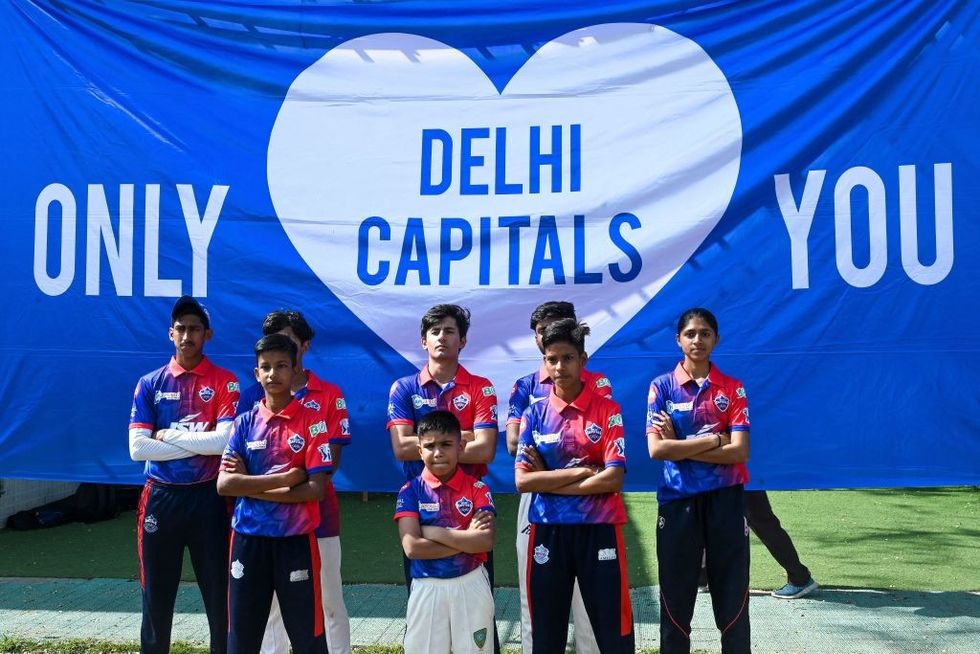
The 10 teams splurged $75 million to buy 204 players in last month's auction with Mumbai Indians bringing back Ishan Kishan for a whopping $2 million.
England batter Liam Livingstone was the most expensive overseas player, costing the Punjab Kings $1.52 million to bolster their bid for a first IPL title.
The two new teams -- set up at a combined cost of a staggering $1.6 billion -- are Gujarat Titans, owned by US venture capital fund CVC, and Lucknow Super Giants, backed by Indian tycoon Sanjiv Goenka.
Chennai to meet Kolkata
The Rohit Sharma-led Mumbai Indians have been the most successful IPL team, winning a record five titles in 2013, 2015, 2017, 2019 and 2020.
Chennai Super Kings, led by veteran former India captain Mahendra Singh Dhoni, are the defending champions and will open the season against Kolkata Knight Riders, owned by Bollywood megastar Shah Rukh Khan, at Mumbai's Wankhede Stadium on Saturday.
The two-month extravaganza will see 74 matches in all with teams coached by some of cricket's former greats including Australians Ricky Ponting and Tom Moody, Stephen Fleming of New Zealand and Mahela Jayawardene of Sri Lanka.
Debutants Gujarat Titans have snapped up highly-rated spinner Rashid Khan of Afghanistan, but the explosive pace of England's Jofra Archer may not be on display for Mumbai Indians after he missed the Ashes in Australia with an elbow injury.
Of the home superstars, Virat Kohli will be under pressure after stepping down as captain of India and enduring, by his lofty standards, a lean spell with the bat having not scored an international century since November 2019.
Having tried and failed to win the IPL title for nine seasons as skipper of Royal Challengers Bangalore, "King Kohli" has also stepped aside with South Africa's Faf du Plessis taking charge.
"(Kohli) doesn't look that confident but he also needs a bit of luck. I am sure you will enjoy the same Virat, batting very freely, very dominating," said Vijay Lokapally, a veteran journalist and a Kohli biographer.
"And it's good if we expect him to excel every time, it speaks for the respect he has in the cricket world."
The tournament began in India in April last year but had to be suspended at the halfway point a month later as Covid infections surged across the country.
It eventually resumed in September in the United Arab Emirates, with Chennai Super Kings beating Kolkata Knight Riders in the final on October 15 in Dubai.
The pandemic also forced the IPL to be played in the United Arab Emirates in 2020.
(AFP)
